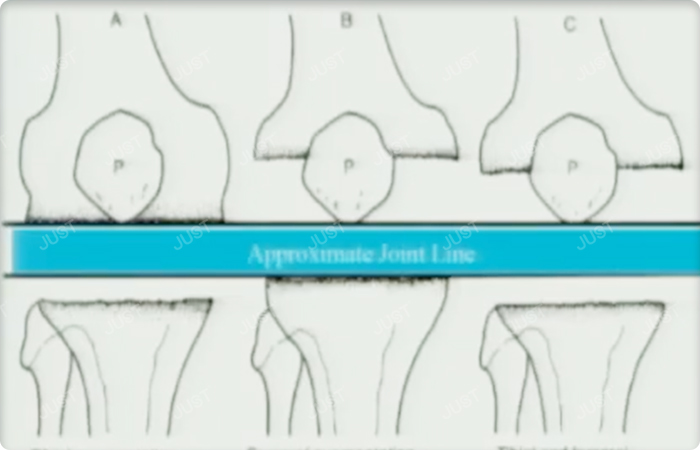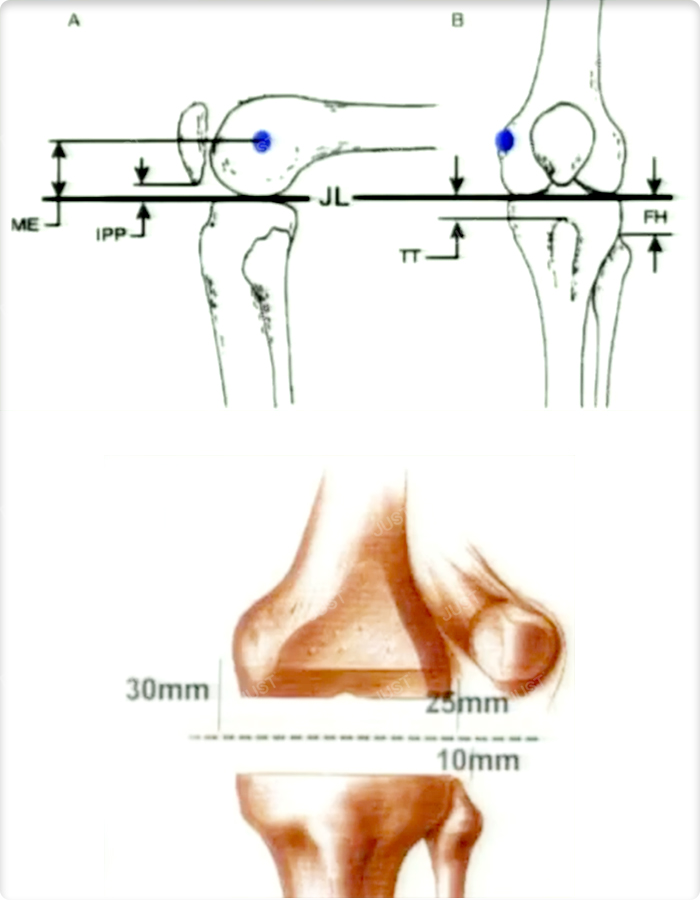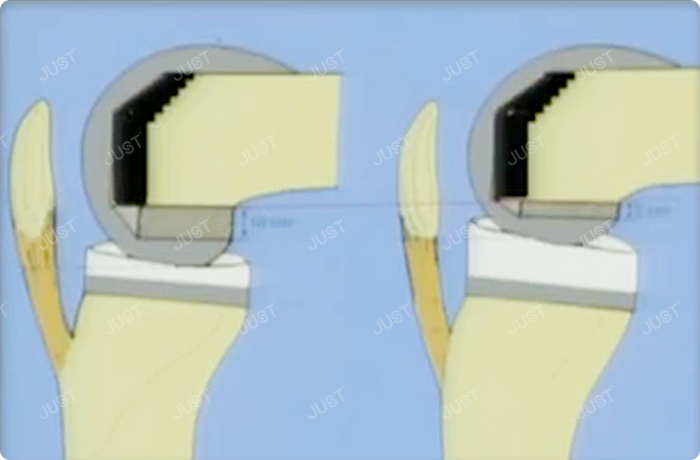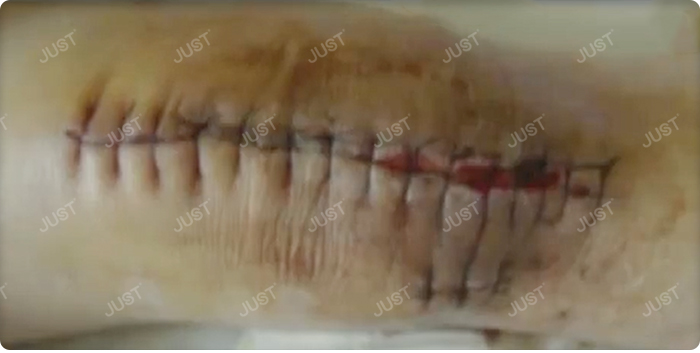7 steps of knee revision surgery (3)
 Sep. 07, 2020
Sep. 07, 2020
7 steps of knee revision surgery (3)
Step 5: Recovery of joint line and balance of flexion and extension space (operation difficulty)
In revision surgery, it is very difficult to restore the joint line completely and accurately, and try to restore the joint line to the normal range.

In the revision surgery, many bone landmarkers no longer exist. Fibular head, tibial tubercle, femoral epicondyle and patella center point become the reference to judge the joint line

Firstly, the tibial plateau was reconstructed and restored to the normal joint line, and the femoral defect was reconstructed according to the tibia.
For example, balance the flexion gap by the size of the femoral condyle and the thickness of the posterior condyle augment.

Step 6: Patellofemoral joint stability and good track
To avoid excessive anteversion of femoral prosthesis, resulting in patellar tension is too large, resulting in prepatellar pain.
To avoid femoral malrotation, resulting in patellar dislocation and subluxation.
To avoid low patella, causing the impact between patella and anterior lip of tibial bearing.
Step 7: Close the incision
Be careful! Be careful! Be careful!
Error case:

Keep in mind the following principles:
1. Look for the real cause of failure
2. Choose a reasonable exposure method
3. Careful prosthesis removal
4. Reasonable treatment of bone defect
5. Correct prosthesis selection
6. Restore the correct joint line
7. Obtain balanced and stable flexion and extension clearance
8. Keep the patella track













